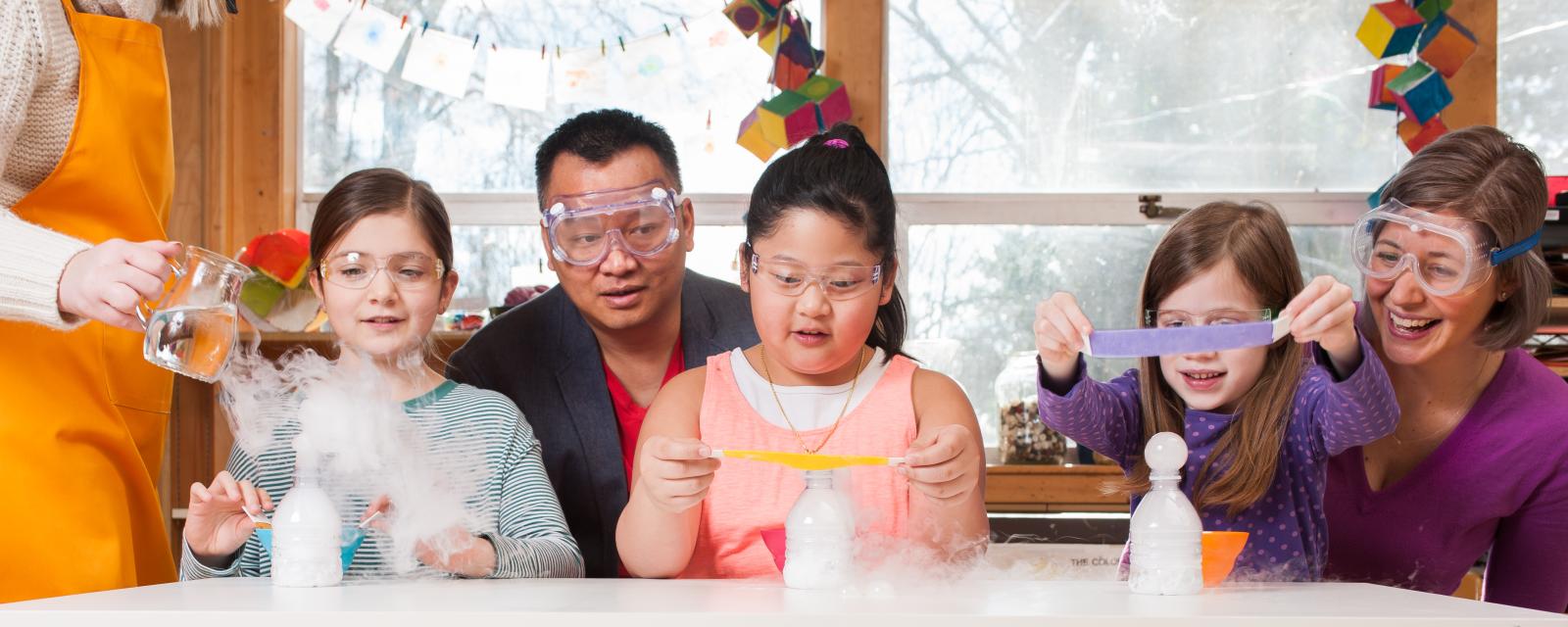
Short Activities
Short activities are brief hands-on experiences lasting less than 15 minutes for small groups of people.
They are often presented at a table, cart, or demonstration space in a variety of settings such as a museum exhibit gallery, classroom, or other public or group setting. Multiple short activities can be combined to form a longer activity.
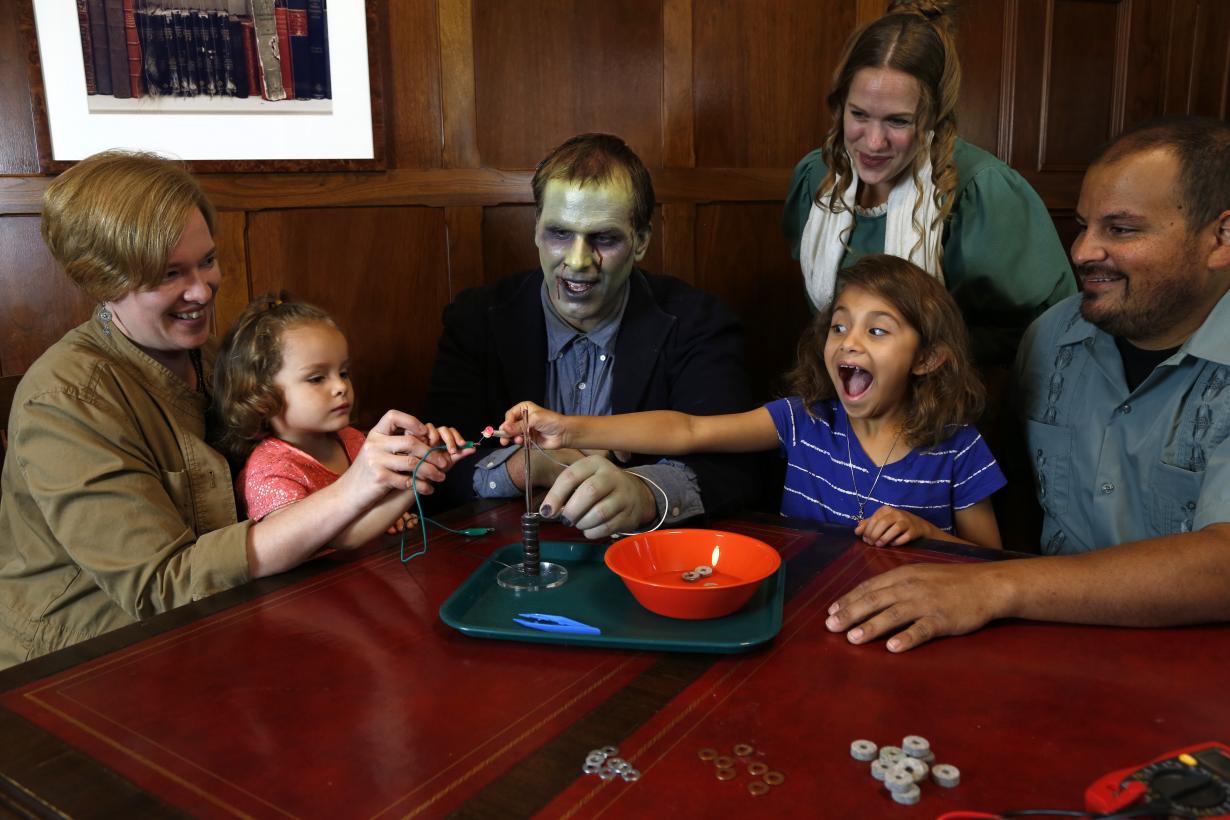
Battery Stack
In this activity, learners investigate how to make a voltaic pile, the first kind of battery.
Product
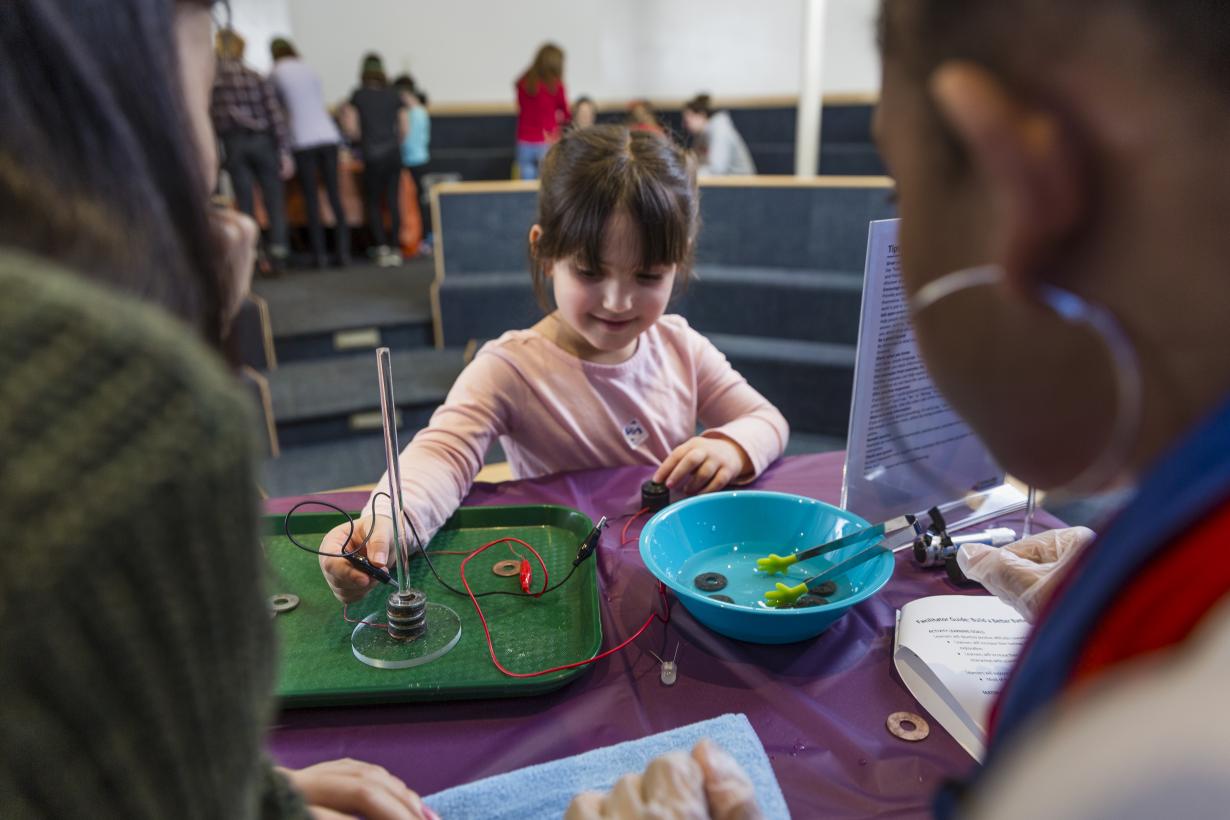
Build a Battery
In this activity, learners learn build their own batteries with metal and felt washers.
Product
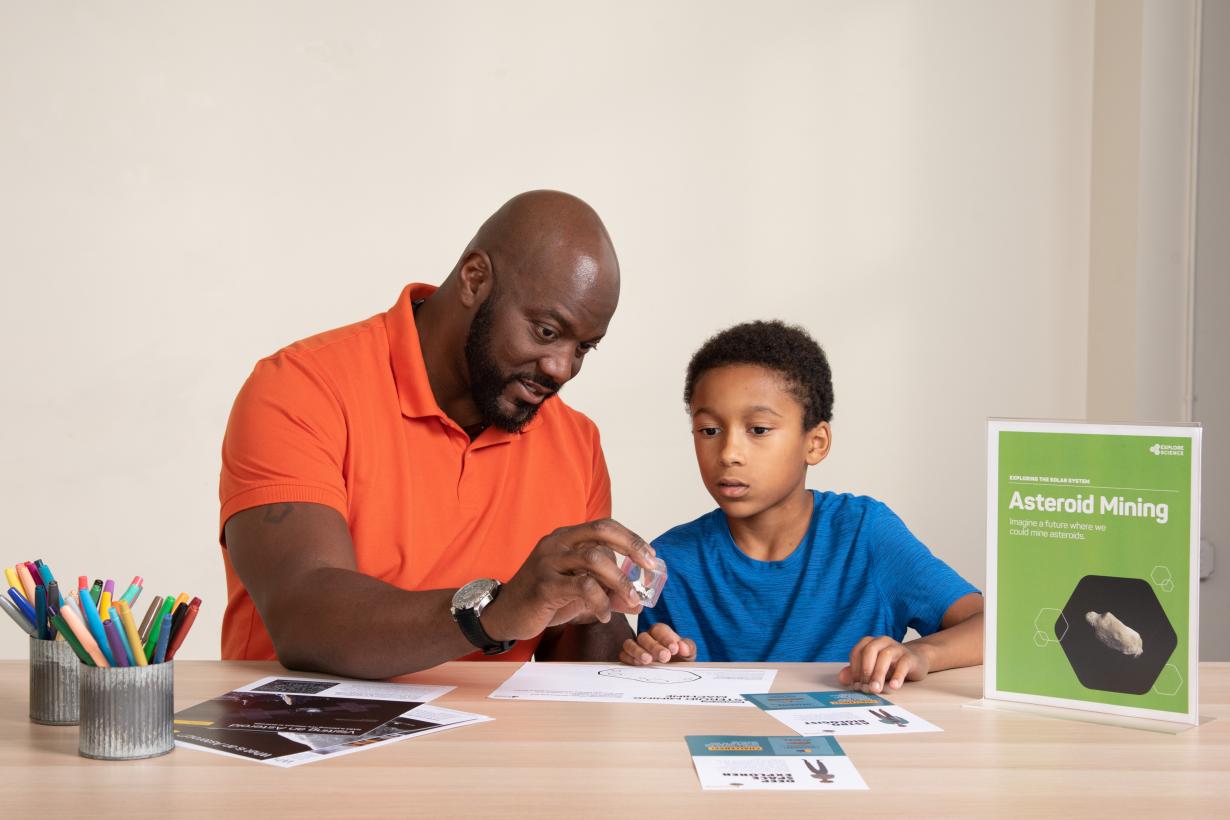
Exploring the Solar System: Asteroid Mining
In this activity, learners imagine the challenges and opportunities of asteroid mining by drawing their own asteroid mining machines.
Product
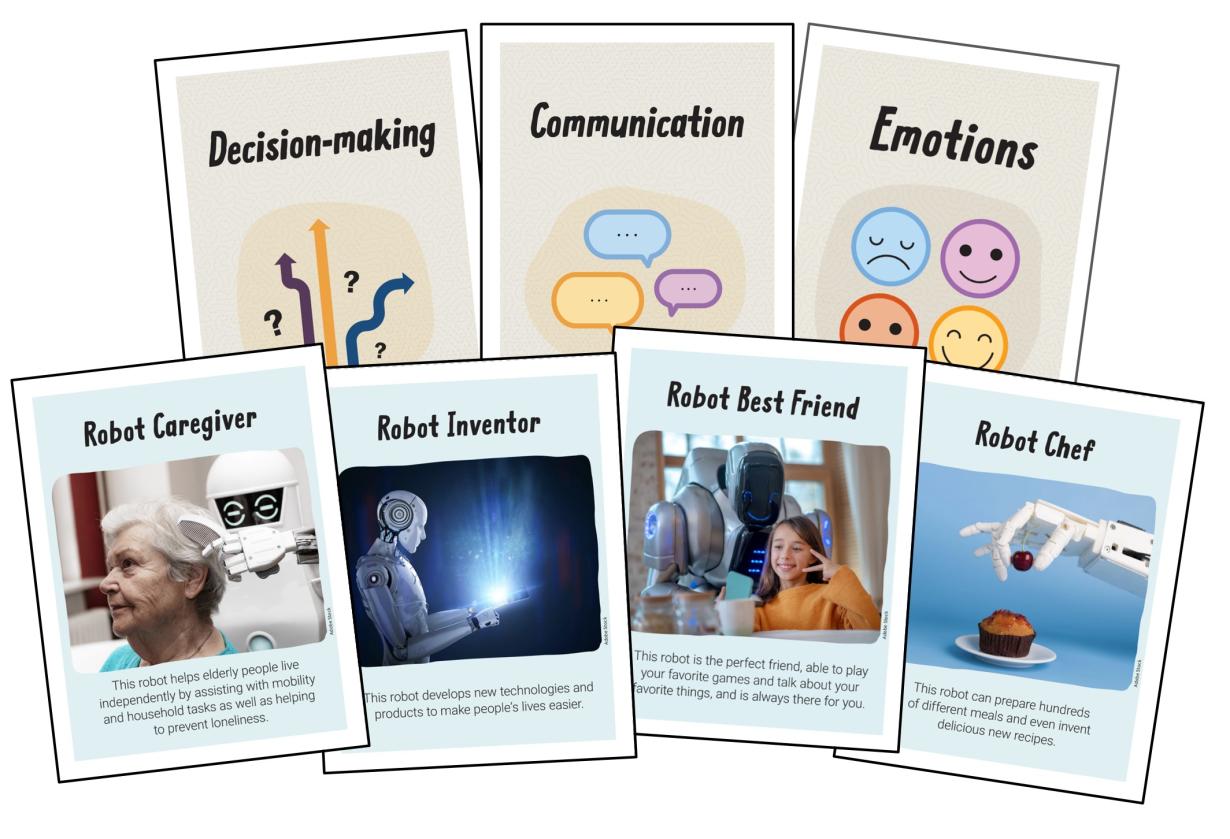
What Makes Us Human
Explore what it means to be human and how humanlike machines might become.
Product
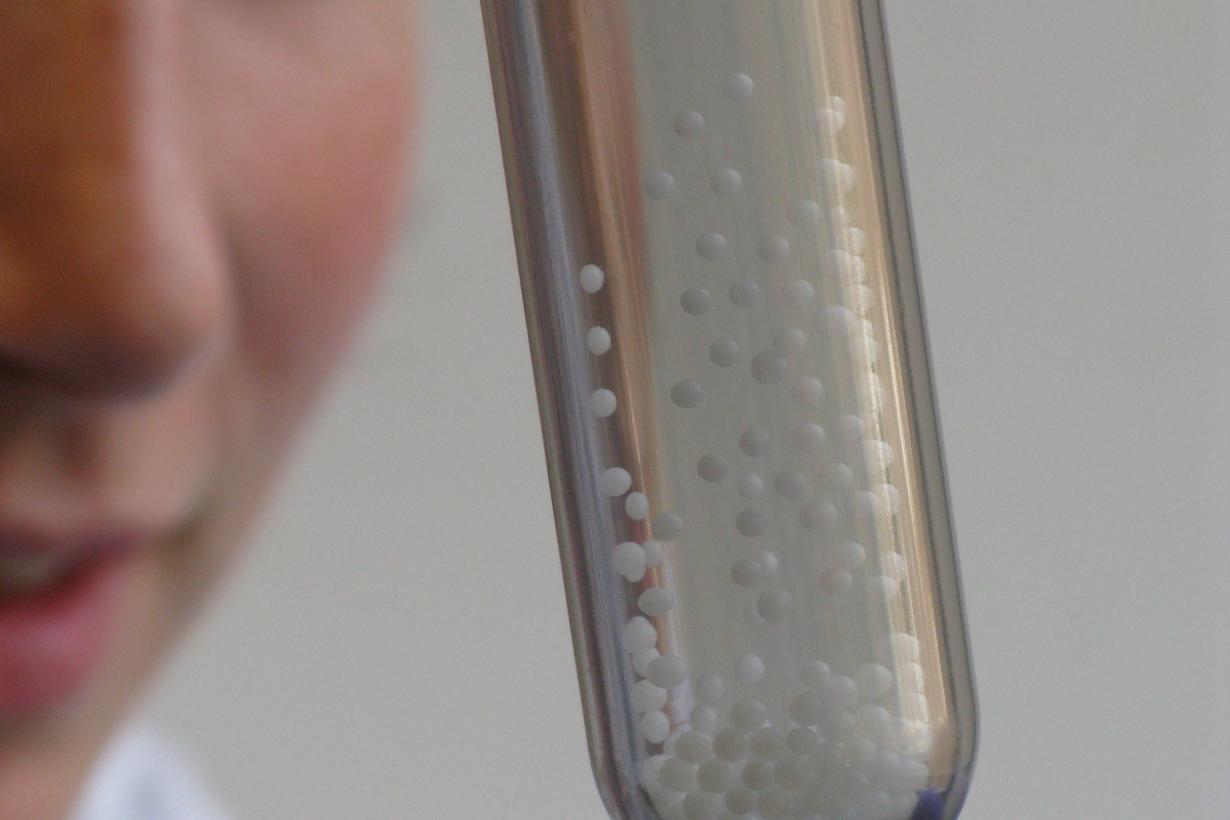
Exploring Forces - Static Electricity
In this activity, learners discover that electrostatic forces cause smaller balls to be suspended in a tube while larger ones fall to the bottom.
Product
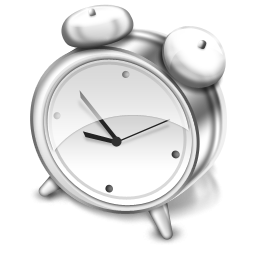
Scientist Speed Dating
In this activity, learners and scientists are encouraged to speak with one another, ask questions, and explore specific areas of nanotechnology research and practices through a fun group exercise.
Product

Exploring Nano & Society - Invisibility Cloak
In this activity, learners explore how refraction can be used to make a glass stir rod "disappear" in a cup of baby oil, while having conversations about new technologies.
Product
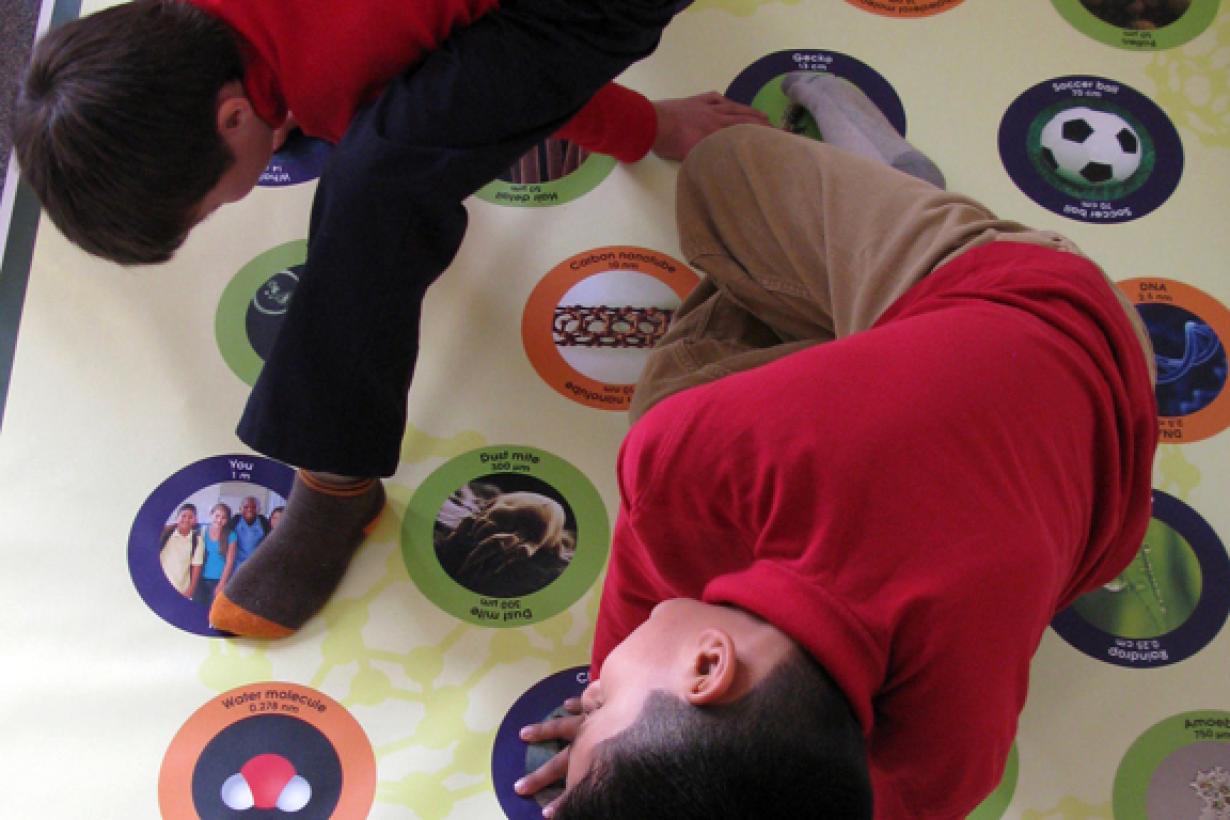
Exploring Size - StretchAbility
In this activity, learners use a "hands and feet-on" game that explores the different sizes of things in the world.
Product
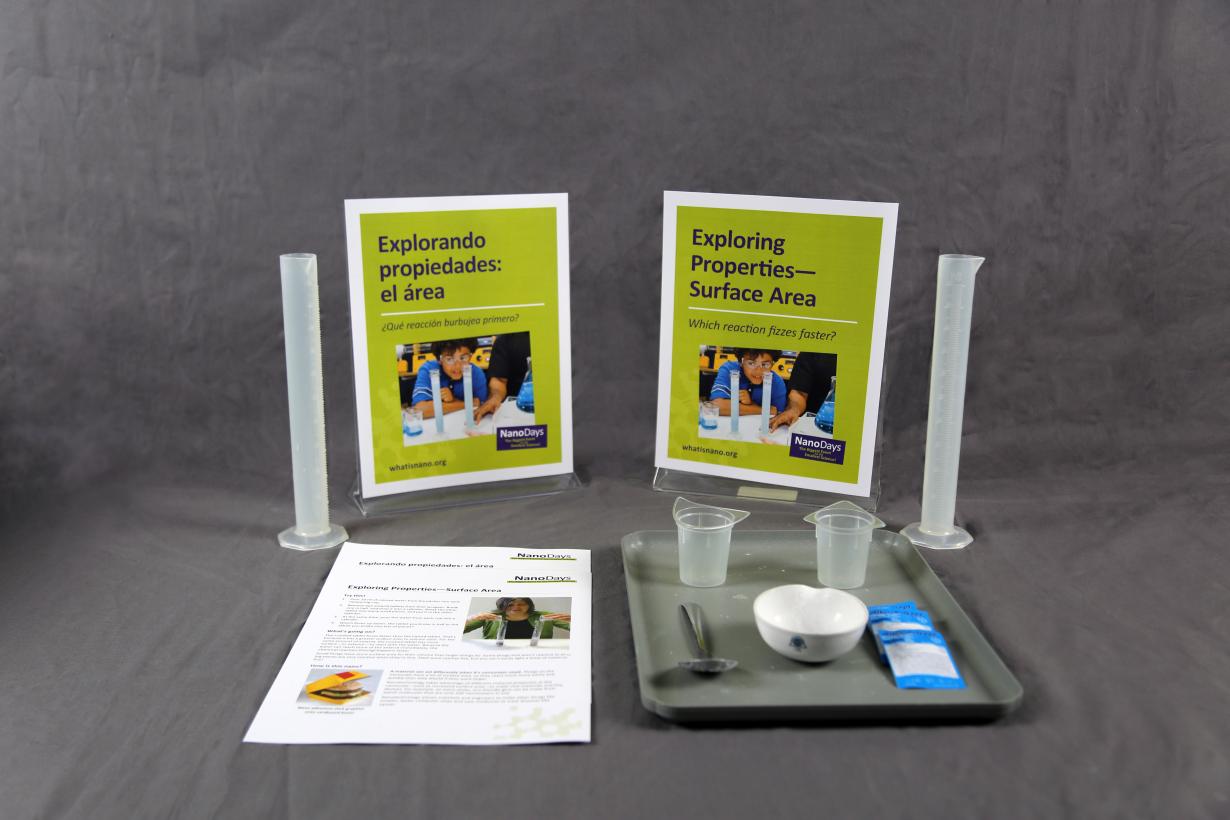
Exploring Properties - Surface Area
In this activity, learners compare the reaction rate of an effervescent antacid tablet that is broken in half with one that is broken into many pieces.
Product
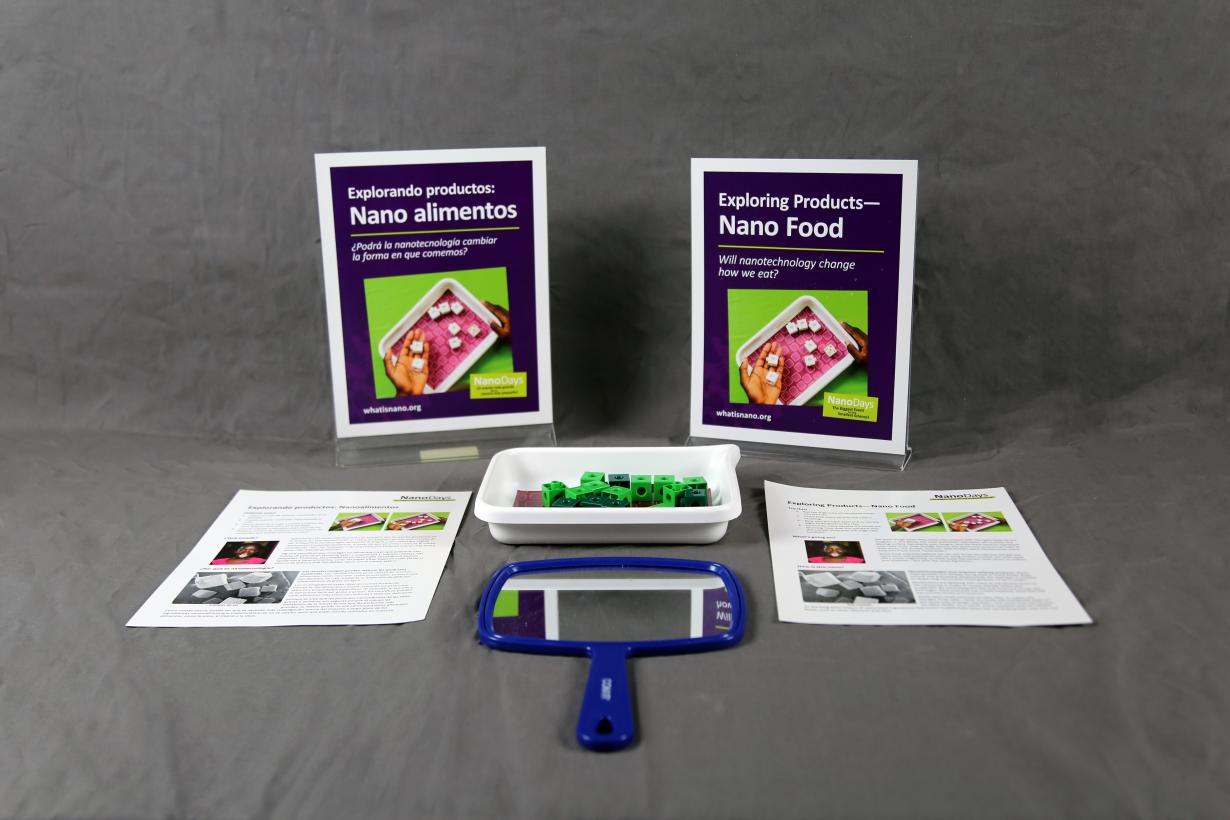
Exploring Products - Nano Food
In this activity, learners explore how nanotechnology may be used in food products.
Product
